"VOCs Low-Carbon Governance and Safe Operation Practice Seminar in Pharmaceutical and Chemical Industry" concluded successfully in Shanghai!
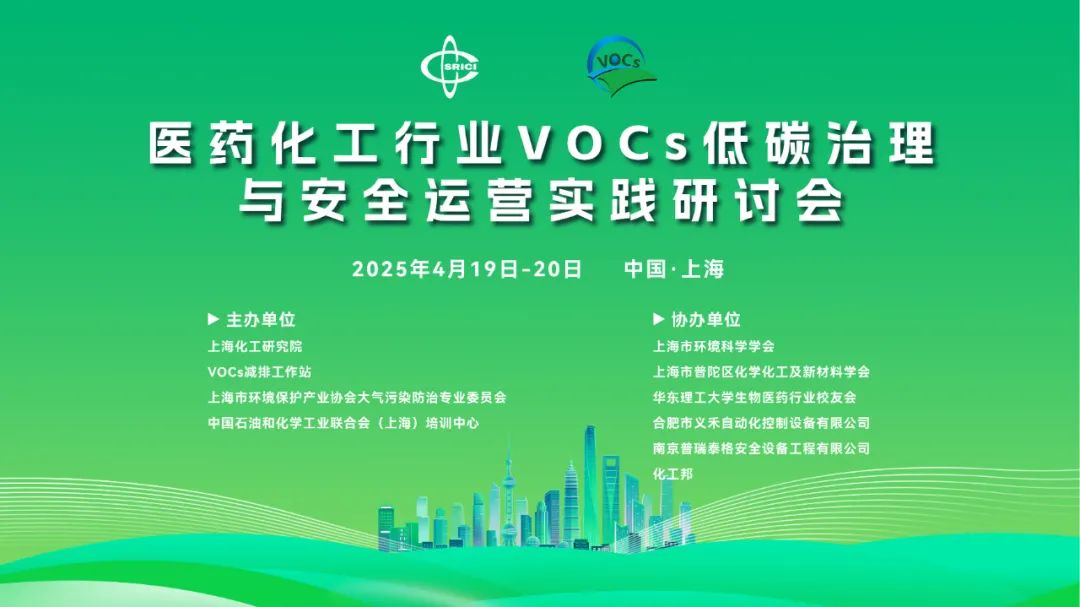


On April 20, the "VOCs Low-carbon Governance and Safe Operation Practice Seminar in the Pharmaceutical and Chemical Industry" jointly organized by the VOCs Emission Reduction Workstation, Shanghai Chemical Industry Research Institute, Shanghai Environmental Protection Industry Association Air Pollution Prevention and Control Professional Committee and other units was successfully held in Shanghai! This is another industry feast hosted by the VOCs Emission Reduction Workstation and various joint units in 2025, following the theme conference focusing on VOCs incineration systems since 2023 and focusing on VOCs governance by adsorption (desorption) method in 2024!
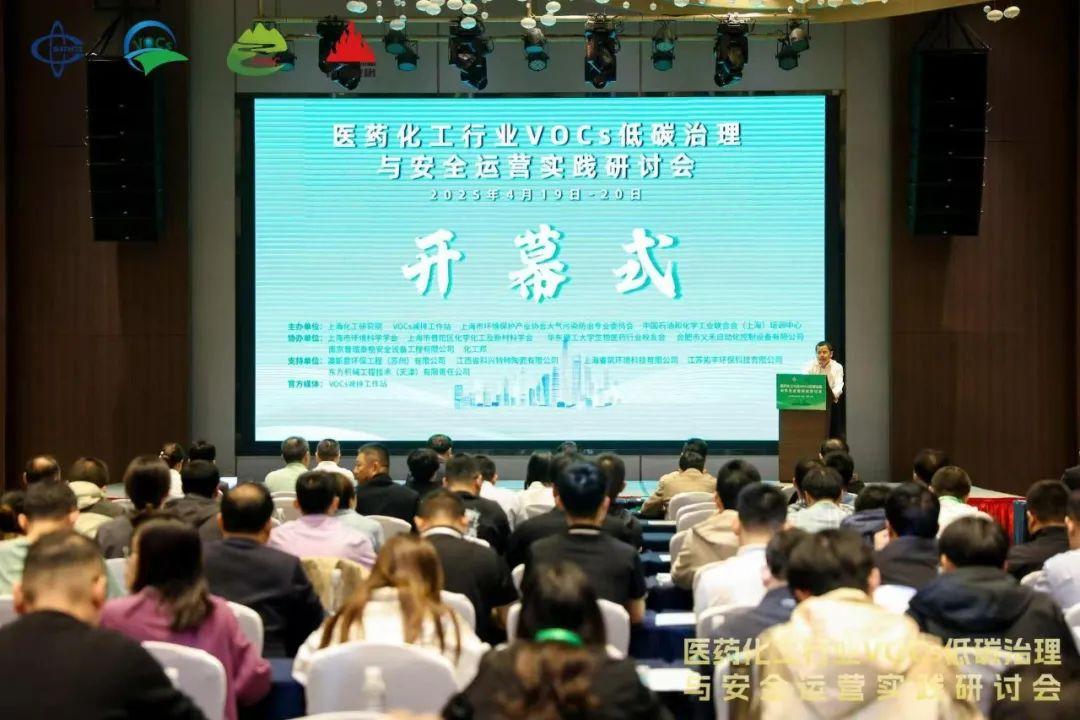
In the context of reducing pollution, reducing carbon emissions, reducing costs and increasing efficiency, the problems of VOCs and carbon emissions generated by the pharmaceutical and chemical industry are becoming increasingly prominent. In particular, the waste gas generated by this industry has complex components, a wide variety of inorganic and organic waste gases, and the concentration and composition fluctuate greatly with the production rhythm. Enterprises that have put into use VOCs treatment facilities such as RTO face challenges in operation and maintenance safety and high energy consumption, and low-carbon emission reduction management work still faces considerable challenges. After years of project and operation practice, a variety of VOCs treatment and their combination technologies such as RTO, RCO, and resin adsorption have been promoted and applied in different VOCs waste production conditions in the pharmaceutical and chemical industry; in the process of application practice, many new problems have been encountered in terms of process selection, equipment selection, use and maintenance, upgrading and transformation, and energy saving and consumption reduction of VOCs waste gas treatment equipment. At the same time, the coordination of pollution reduction and carbon reduction is increasingly becoming a new direction for VOCs treatment, an urgent need for the development of new quality productivity in the industry, and a key area for sustainable development of enterprises.
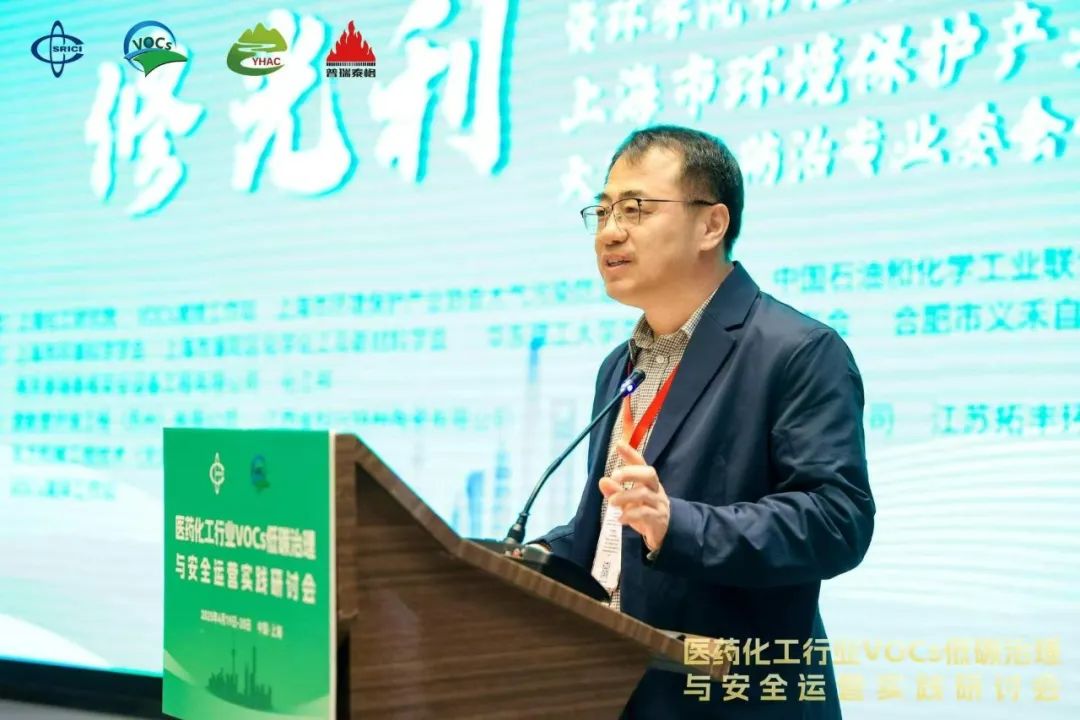
The meeting was opened by Professor Xiu Guangli, Party Secretary of the School of Resources and Environment of East China University of Science and Technology and Chairman of the Air Pollution Prevention and Control Professional Committee of Shanghai Environmental Protection Industry Association! Professor Xiu warmly welcomed more than 260 delegates from all over the country!
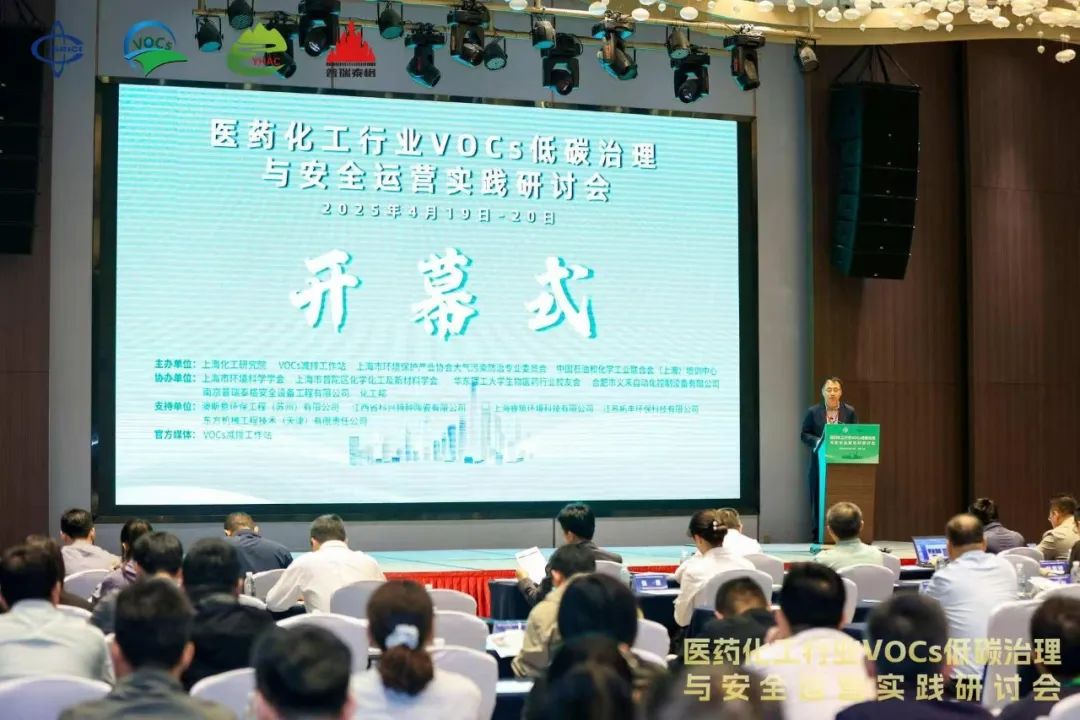
This seminar invited 14 experts from universities, research institutes, engineering design institutes, pharmaceutical companies and professional equipment technology providers. Among them: experts and professors from East China University of Science and Technology, Shanghai Institute of Environmental Science, Zhejiang Ecological Science and Design Institute, China Pharmaceutical Group United Engineering Co., Ltd., etc. focused on the pharmaceutical chemical VOCs treatment standards, policies and interpretation of new low-carbon requirements and system safety, compliance and compliance design; Zhejiang Medicine and Zhejiang Huahai Pharmaceutical, as representative pharmaceutical chemical companies, shared the safety and operation and maintenance experience of VOCs waste gas facilities; experts from Hefei Yihe, Nanjing Puretag, Suzhou Ausyi, Jiangsu Tuofeng, Shanghai Ruizhu, Jiangsu Zhongchuang Qingyuan, Jiangxi Kexing Ceramics, Shanghai Ward Xinfeng and other units, combined with their own VOCs treatment engineering experience, focused on the pharmaceutical chemical RTO/RCO, core safety components flame arrester/breathing valve, resin adsorption and desorption, RHO deodorization engineering practical experience, thermal storage ceramic materials and applications, etc., to share from the perspective of low carbon and safety.

The morning report was hosted by Ms. Ying Xiaoning, Deputy Director of EHS of Zhejiang Medicine Co., Ltd., and the afternoon report was hosted by Dr. Li Bing, Chairman of Jiangsu Zhongchuang Qingyuan Environmental Technology Co., Ltd., a senior engineer and expert enjoying special government allowances from the State Council.
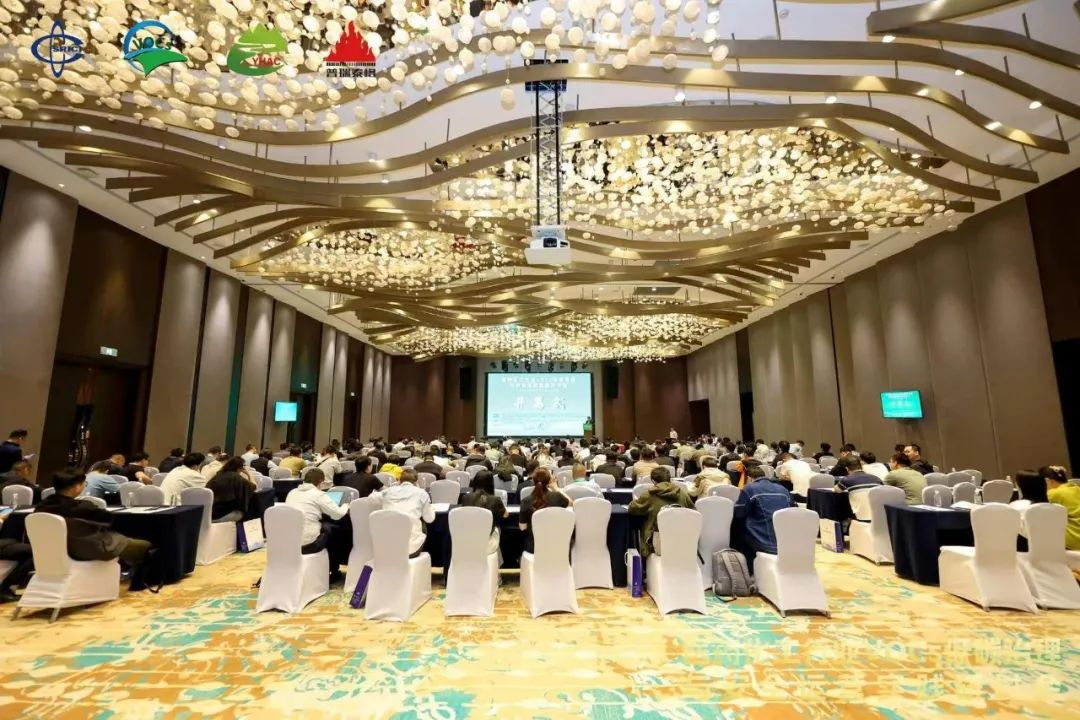
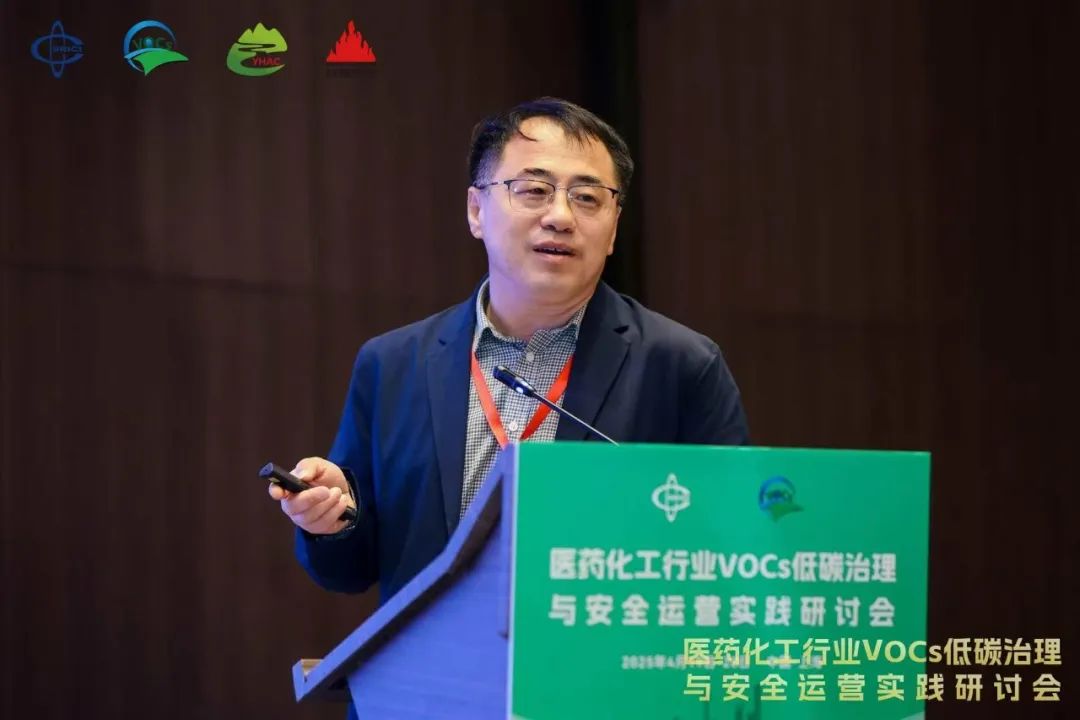
Professor Xiu Guangli is also the chairman of the Air Pollution Prevention and Control Professional Committee of the Shanghai Environmental Protection Industry Association, one of the organizers of this conference. Professor Xiu shared his views from four aspects: the control policies of the pharmaceutical industry in the Yangtze River Delta, the VOCs emission standards and technical specifications of the pharmaceutical industry, and technical challenges. He also pointed out that pharmaceutical waste gas pollution is diverse and complex, and it is difficult for a single technology to achieve effective control of pollutants. The integration and optimization of pharmaceutical waste gas treatment technologies, especially those containing VOCs, should be strengthened. He also hoped that the participating units would provide professional technical cases for the Yangtze River Delta Integration Standard: Technical Specifications for Air Pollution Prevention and Control in the Pharmaceutical Industry.
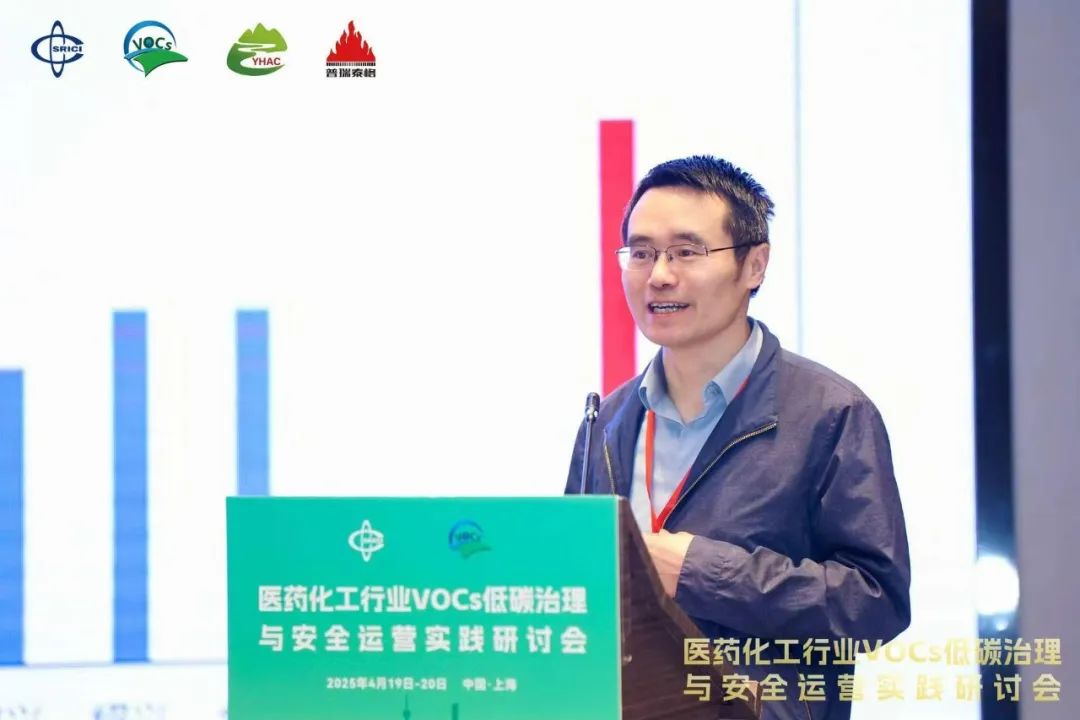
Zhejiang Province is an important gathering place for my country's biopharmaceutical, chemical and traditional Chinese medicine industries. As early as 2014, the first VOCs emission standard issued by Zhejiang Province was DB32/923 "Biopharmaceutical Industry Pollutant Emission Standards". In 2020, it issued the "Feasible Technical Guidelines for the Prevention and Control of Volatile Organic Compound Pollution in the Pharmaceutical Industry of Zhejiang Province". Zhejiang Province is at the forefront of the country in the field of VOCs emission reduction and low-carbon operation in the pharmaceutical and chemical industries, and has a lot of practical experience in the industry. Director Gu Zhenyu/Senior Engineer of the Institute of Atmospheric Physics of Zhejiang Provincial Institute of Eco-Environmental Sciences and Design shared "Analysis on the Current Status and Typical Problems of VOCs Governance in Zhejiang Pharmaceutical Industry", analyzing the history of atmospheric pollution prevention and control in Zhejiang pharmaceutical industry and the current status and typical problems of VOCs governance in pharmaceutical industry.
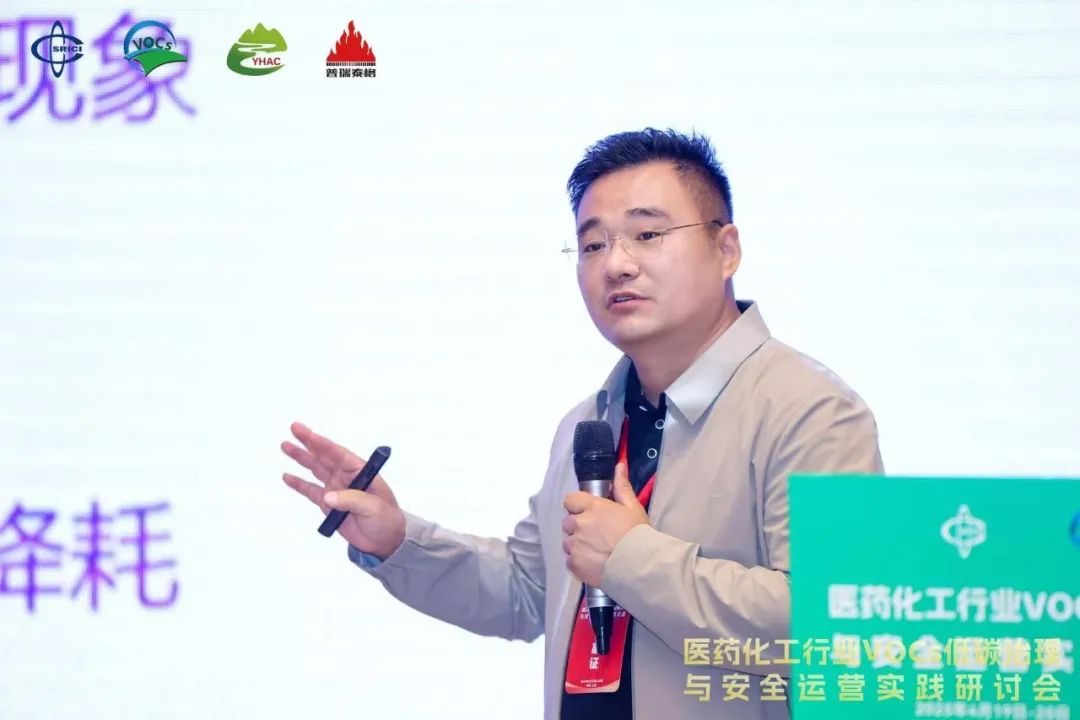
Based on the VOCs waste gas emission characteristics of pharmaceutical and chemical industries, RTO is one of the most widely used VOCs treatment facilities in the industry. However, the main problems that bother users during the application process include RTO safety, corrosion, clogging, and high energy consumption. How to avoid or mitigate such problems and enable the RTO system to achieve safe and low-carbon operation? Huang Yong, general manager and senior engineer of Hefei Yihe Automation Control Equipment Co., Ltd., shared "A Brief Discussion on Common Problems and Low-carbon Solutions for RTO Application in the Pharmaceutical and Chemical Industry" from the perspective of an environmentally friendly manufacturing and engineering service company, and conducted practical sharing from four aspects: RTO safety analysis, clogging problems, corrosion phenomena, and energy saving and consumption reduction.
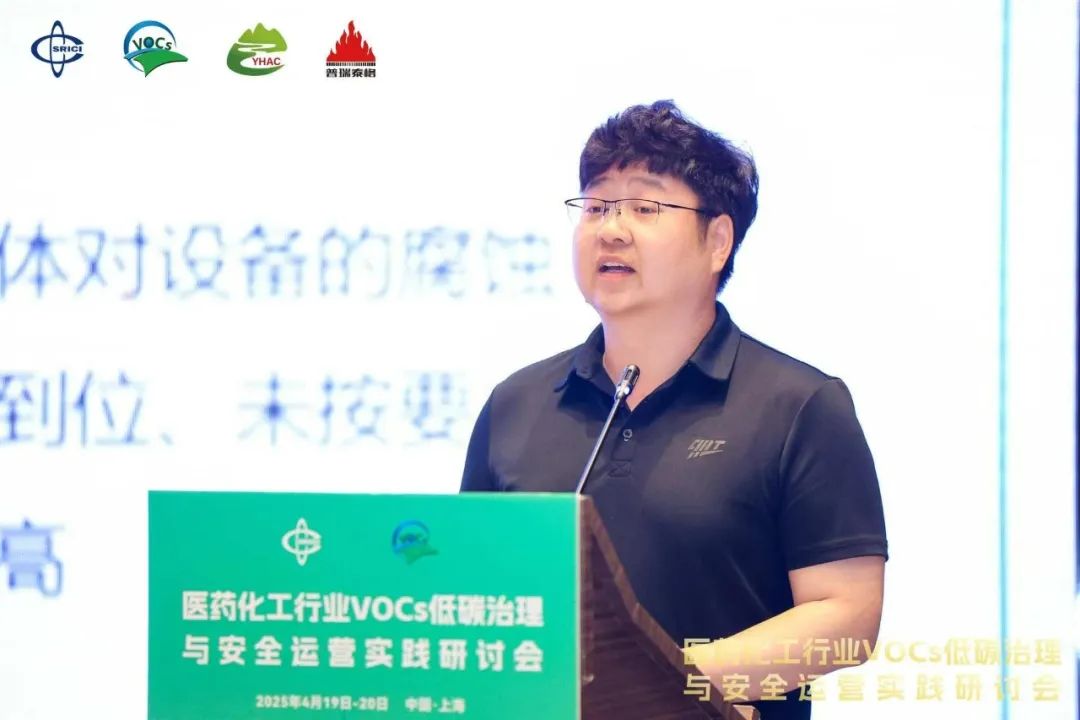
Zhejiang Huahai Pharmaceutical was founded in 1989. The company currently has more than 8,000 employees and more than 40 branches and subsidiaries around the world (including China, the United States, Germany, etc.). Its main businesses cover chemical drugs, biological drugs, etc. It is a leading company in the domestic pharmaceutical and chemical industry. At present, Huahai Pharmaceutical's VOCs waste gas treatment equipment includes multiple sets of RTO, resin, and activated carbon adsorption and desorption systems. Based on the characteristics of waste gas, how does the company consider choosing a reasonable treatment process? How to achieve safety standards and low-carbon operation? Director Ying Youxin of the Environmental Protection Workshop of Huahai Pharmaceutical shared "Multi-process Coupling Low-carbon Governance and Carbon Reduction Operation and Maintenance Engineering Practice in the Pharmaceutical Industry", which comprehensively shared the characteristics of pharmaceutical and chemical waste gas, Huahai's VOCs waste gas treatment process sharing, existing problems and optimization practical experience.
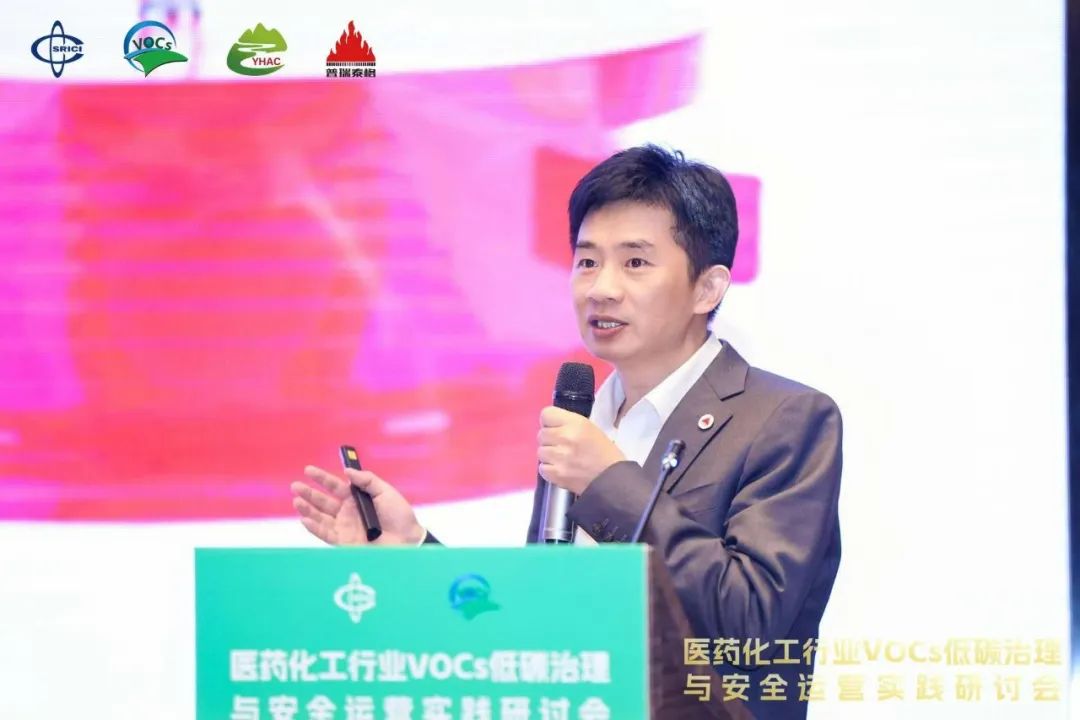
As we all know, flame arresters are the last safety barrier in the VOCs treatment system. In pharmaceutical and chemical companies, the safety monitoring instrument at the front end of the entrance of the VOCs treatment system, especially the RTO incineration system, is LEL, and flame arresters are essential key equipment. In addition, the tank breathing valve is the main accessory for VOCs source reduction in the tank area. How to select and identify flame arresters and breathing valves that meet relevant requirements? How to make good use of these two key equipment? Director Li Chunbo of Nanjing Puretag reported on "The Application of Flame Arresters and Breathing Valves in Waste Gas Treatment in the Pharmaceutical Industry", sharing the pain points of the flame arrester industry and how to choose intrinsically safe flame arresters, the pain points of breathing valves and emergency relief valves, and solutions to continuous leakage of emergency relief valves.
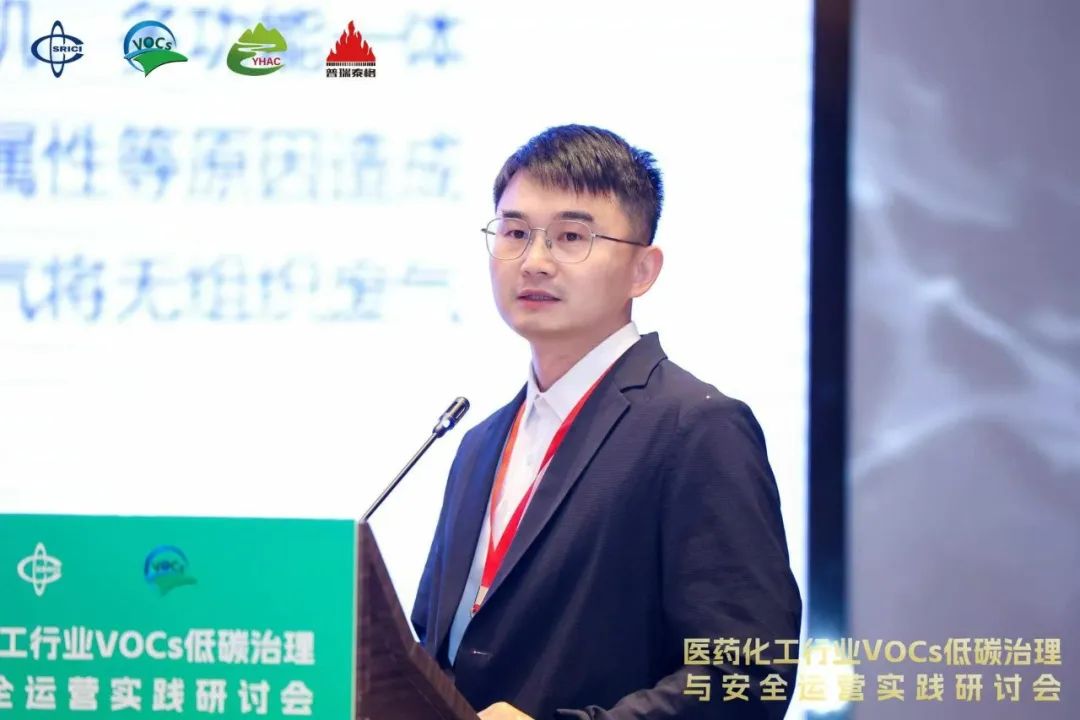
The above report has shared the experience of VOCs treatment in pharmaceutical and chemical industry from the perspective of pharmaceutical and chemical enterprises and environmental protection professional engineering companies. Next, we will learn more from the perspective of pharmaceutical and chemical professional design institutes. Hu Shi, head of the waste gas sector of China National Pharmaceutical Group United Engineering Co., Ltd., shared "Safety, Compliance, Low-carbon Design and Cases of Comprehensive Treatment of Waste Gas in the Pharmaceutical Industry", sharing the safety, low-carbon design and engineering case practice of VOCs treatment of waste gas from the perspective of engineering design institutes.
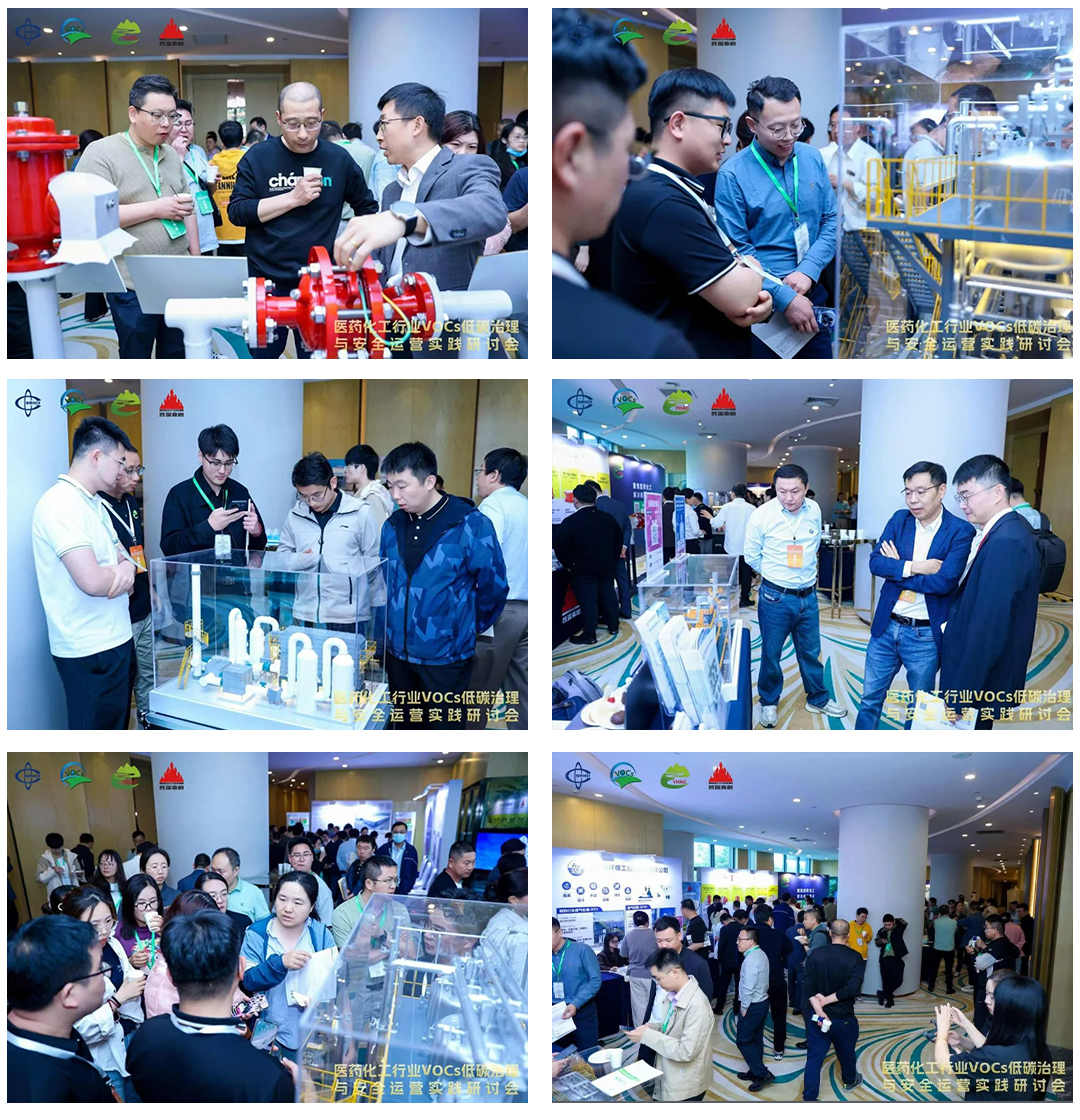
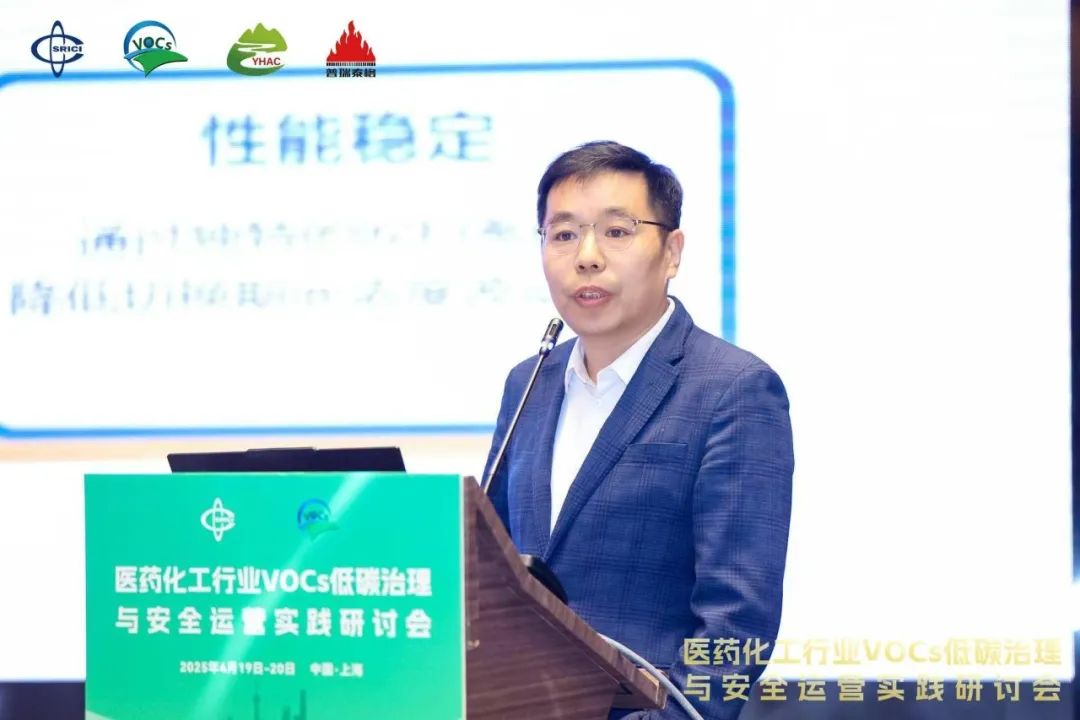
In the field of waste gas treatment in the pharmaceutical and chemical industries, RTO has become one of the most widely used core treatment equipment due to its efficient and stable treatment performance. The switching valve is a key core component of the tower RTO and is also a dynamic device. The three-tower RTO generally requires 6 switching valves, but Suzhou Ausyi only uses one switching valve to achieve the switching function of the traditional three-tower RTO, greatly reducing the number of switching valves. Zhang Xianlei, general manager of Ausyi, shared "Single Switching Valve Three-Tower RTO in the Pharmaceutical Industry Waste Gas Treatment Low Carbon, Stable Compliance and Operation and Maintenance Practice", sharing in detail the function and structure of their unique RTO switching valve, as well as specific technical advantages and pharmaceutical and chemical industry engineering cases and operation and maintenance experience.
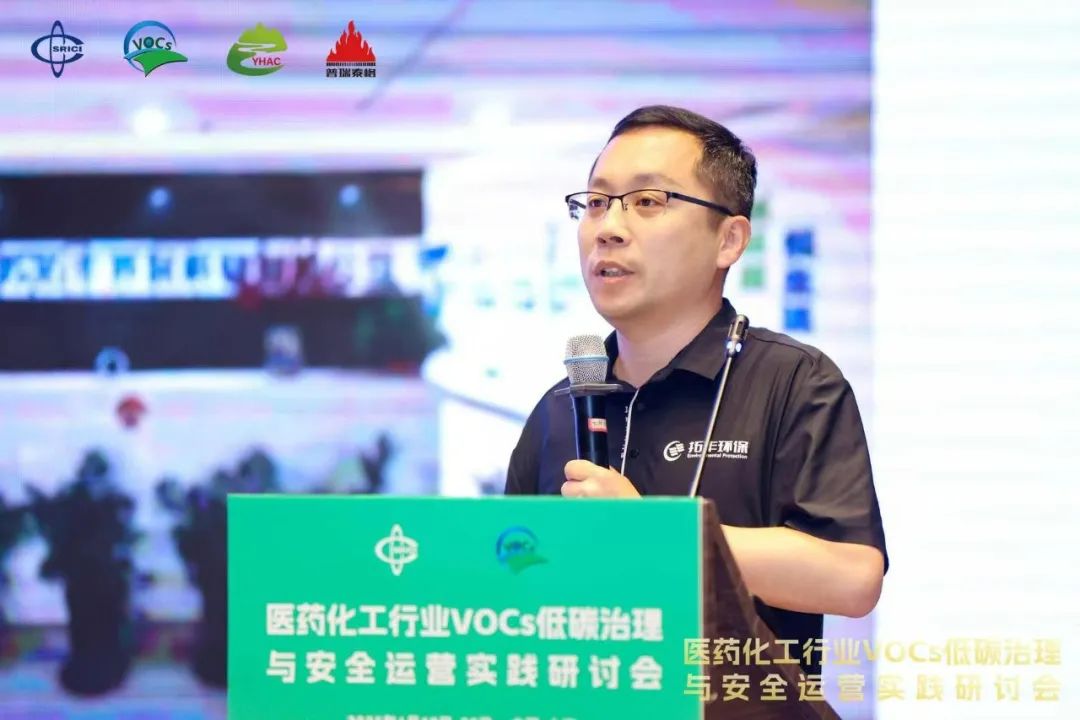
In recent years, resin adsorption and desorption equipment for VOCs waste gas has become increasingly popular and valued in the treatment of halogenated hydrocarbon VOCs in the fine chemical industry. Especially for the treatment of halogenated hydrocarbon waste gases in the pharmaceutical chemical industry, such as dichloromethane and dichloroethane, these substances entering the RTO will bring the risk of corrosion and dioxin exceeding the standard. The application of macroporous resins provides an additional solution to such problems. It can not only achieve waste gas emission standards, but also achieve resource recovery under the condition of a single gas supply. As an early company in the industry engaged in the development and engineering application of macroporous resins, Tuofeng Environmental Protection has accumulated a large number of engineering cases, and the company's macroporous resin core materials also have unique advantages. Zhang Mingming, chief engineer of Jiangsu Tuofeng Environmental Protection, shared "Solvent Recovery, mg-level Standard Application and Common Problem Solutions of Macroporous Adsorption Resins in VOCs Treatment in the Pharmaceutical Industry". Mr. Zhang shared in detail the company's unique macroporous resin core materials and applications, as well as common problems and solutions in engineering practice.
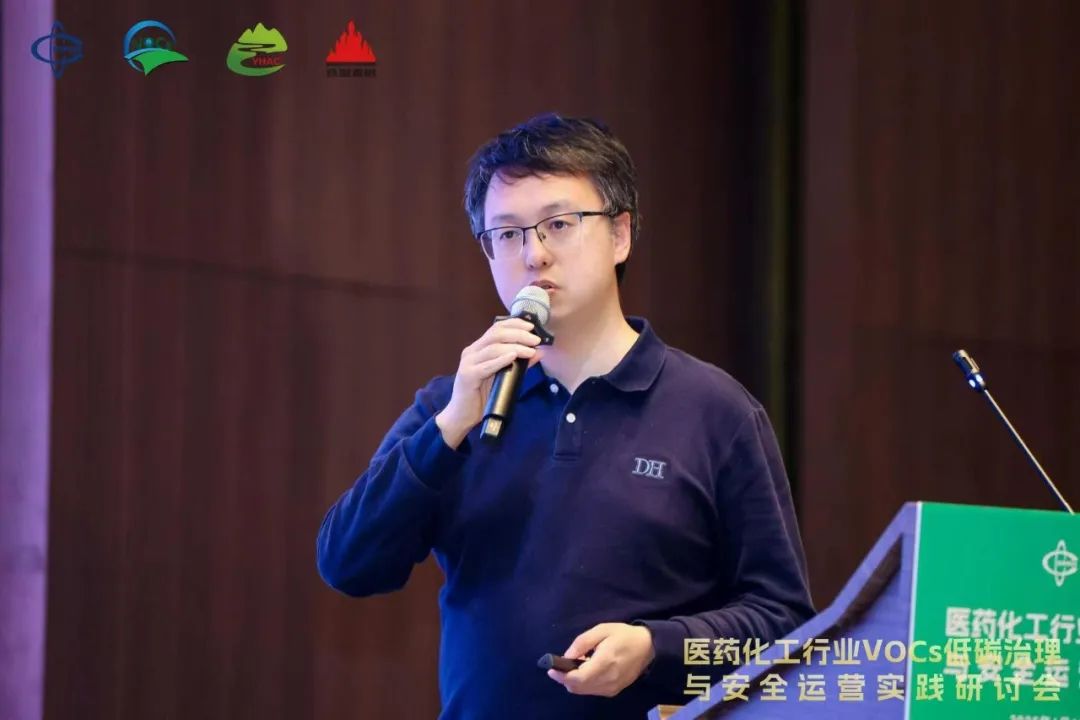
In recent years, there has been an increasing demand for the transformation of RTO equipment. In the pharmaceutical and chemical industry, corrosion, blockage and other problems are common, especially for RTOs designed and put into use many years ago. After years of operation, they are prone to run with problems due to unreasonable design and service life. Dr. Zhang Jingyi of Shanghai Ruizhu Environment shared "Technical Transformation and Low-carbon Operation and Maintenance Engineering Practice of RTO in the Pharmaceutical and Chemical Industry", and shared in detail their low-carbon operation and maintenance solutions and practical transformation engineering cases and experiences in the transformation of RTO projects in the pharmaceutical and chemical industry.
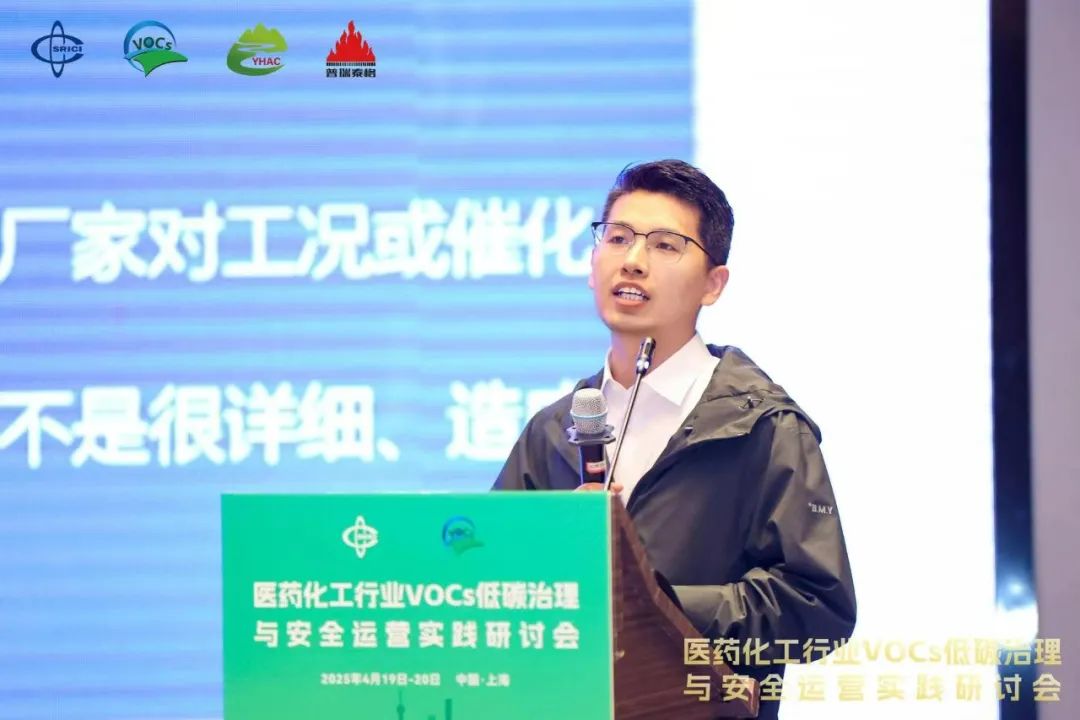
As one of the incineration technology solutions for pharmaceutical and chemical waste gas treatment, RCO has its specific energy-saving advantages. Regarding the application of RCO in this industry, Director Deng Lei of Jiangsu Zhongchuang Qingyuan/Tsinghua University National Engineering Research Center for Coordinated Control of Air Pollutants and Greenhouse Gases shared "Common Design, Operation Problems and Low-carbon Solutions for Catalytic Incineration in the Pharmaceutical and Chemical Industry", and shared in detail the application of RCO in the pharmaceutical and chemical industry from the aspects of the application of catalytic combustion technology in the pharmaceutical and chemical industry, common problems in the application of catalytic combustion, and low-carbon energy-saving transformation of "high energy consumption RTO".
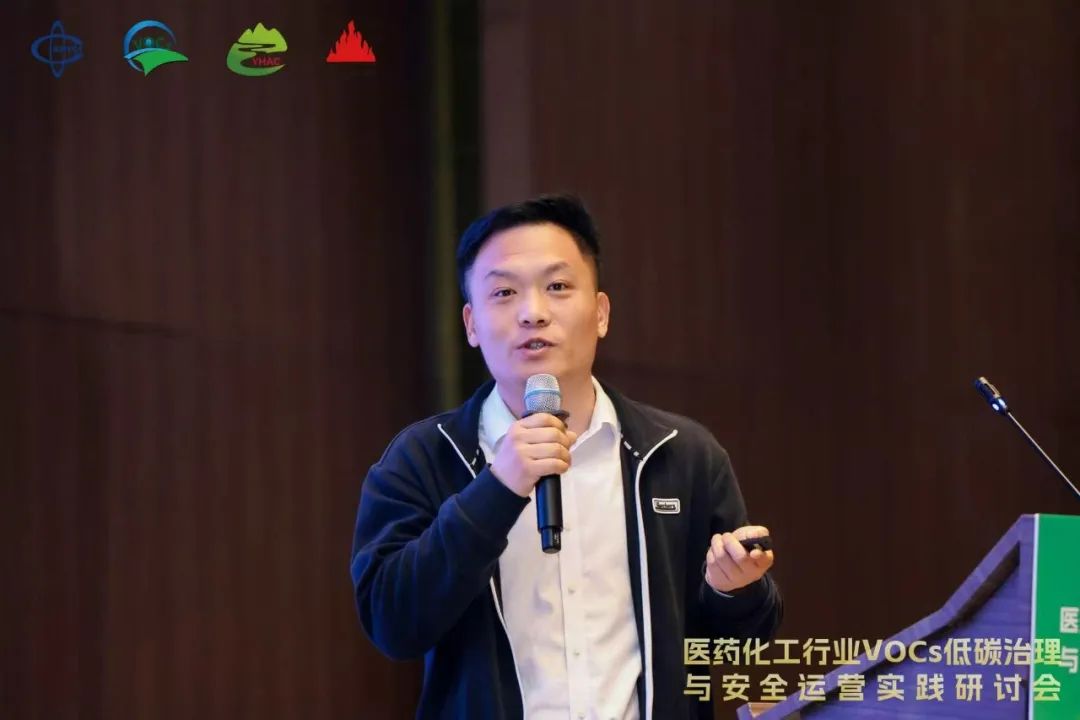
Thermal storage ceramics are essential key materials for RTO and RCO equipment, and are also general consumables. Hu Renwei, marketing director of Jiangxi Kexing Special Ceramics, a company from Pingxiang, Jiangxi, the hometown of ceramics, shared "Selection of RTO Thermal Storage Ceramics and Solutions to Common Problems in the Pharmaceutical and Chemical Industry", summarizing and sharing targeted solutions to the problems of ammonium salt blockage, acid corrosion, especially hydrogen fluoride corrosion, and low-ignition-point VOCs that often occur in the thermal storage body of incineration equipment in the pharmaceutical and chemical industry, and especially made a targeted and professional popular science on the selection of ceramics.
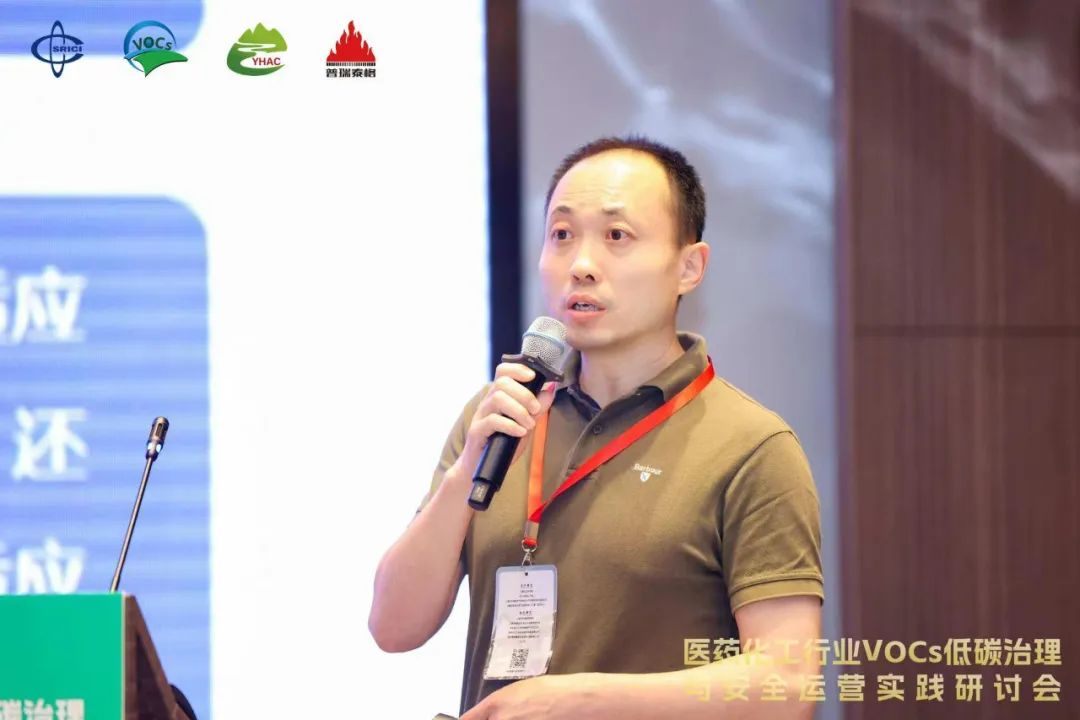
In the previous reports, RTO, resin and other processes were explained more. In fact, pharmaceutical waste gas, especially fermentation waste gas, has another characteristic of odor. Although the concentration is relatively low, the odor threshold of these substances is lower, which is easy to cause odor nuisance. Today we will learn about a new low-carbon technology for low-concentration VOCs and odor treatment. Liu Jin, general manager of Shanghai Ward Xinfeng, shared "New Technology and Case Sharing of High-efficiency and Low-carbon Treatment of Odor (Odor) in Pharmaceutical Industry", which provides new low-carbon solutions for low-concentration VOCs and odor treatment from two perspectives: the principle of RHO electrocatalytic synergistic catalysis and the recent pilot project case of biological fermentation odor!
The last two report experts in the afternoon have high attainments in their respective professional fields, and they will make the finale report of this meeting on the compliance and safety of VOCs waste gas facilities.
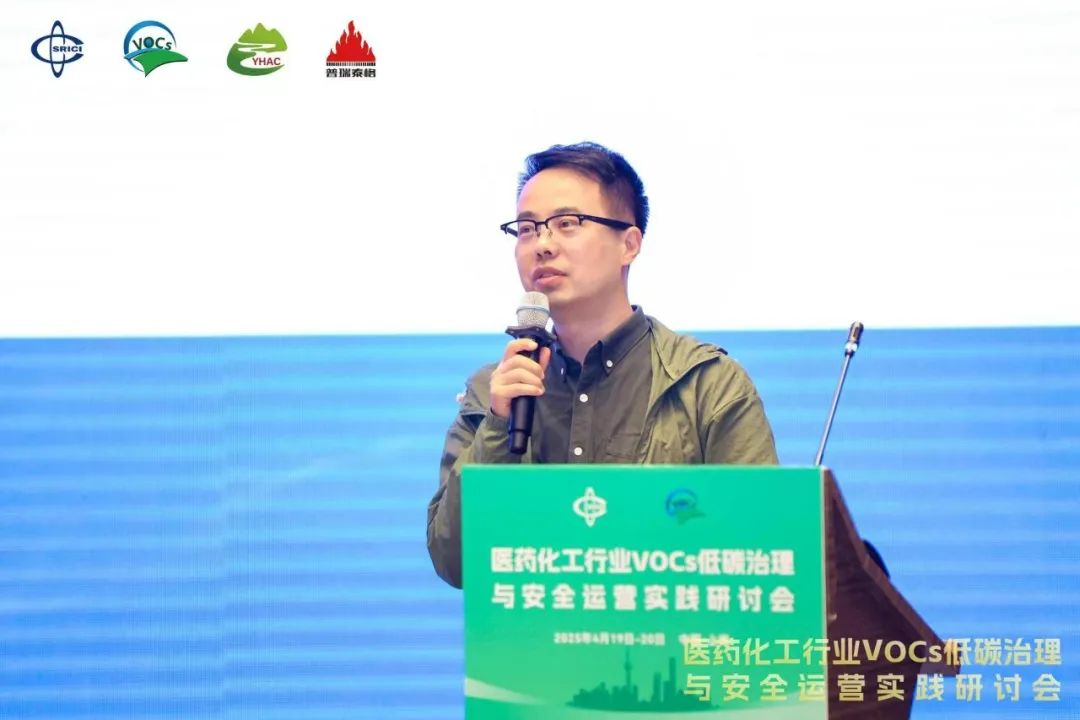
The compliance of VOCs treatment facilities is the direct goal of all environmental protection facilities. In pharmaceutical and chemical enterprises, how can enterprises achieve compliance in the entire process of VOCs emission reduction from collection to treatment? What are the new directions for VOCs treatment in the pharmaceutical and chemical industry under the new situation? Director Zhang Gangfeng of Shanghai Institute of Environmental Sciences shared "Common Problems and Countermeasures for Compliance of Waste Gas Treatment in the Pharmaceutical and Chemical Industry". Director Zhang comprehensively shared the compliance from the perspective of policy analysis, focusing on the overview of the pharmaceutical and chemical industry and the characteristics of VOCs emissions, the main existing problems and compliance countermeasures, and the direction of deepening governance under the new situation.
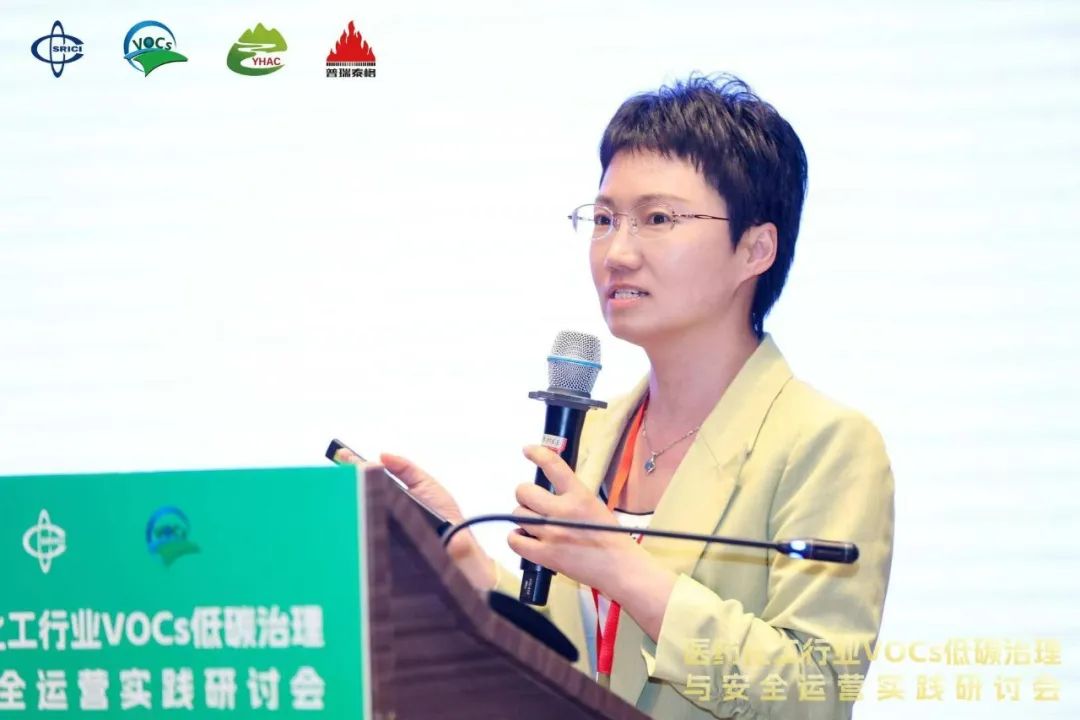
Safety is the red line for all environmental protection facilities. In pharmaceutical and chemical companies, safety accidents caused by environmental protection facilities are also commonly reported. What are the reasons that easily lead to safety accidents? What are the safety risks? How to control them? As the finale of this conference, Ms. Ying Xiaoning from Zhejiang Pharmaceutical Co., Ltd. shared "Safety Risks and Control of Waste Gas Environmental Protection Facilities in Pharmaceutical and Chemical Enterprises". Ms. Ying is also the person in charge of the Environmental Protection Safety Technology Public Service Platform (authorized by the Ministry of Industry and Information Technology). She systematically shared safety from five levels: typical waste gas environmental protection facility accident types and their causes, typical waste gas environmental protection facility safety risks and main control measures, division of labor in safety management of environmental protection facilities, management ideas for the entire life cycle of environmental protection facilities, and safety technical standards for waste gas environmental protection facilities.
On-site highlights
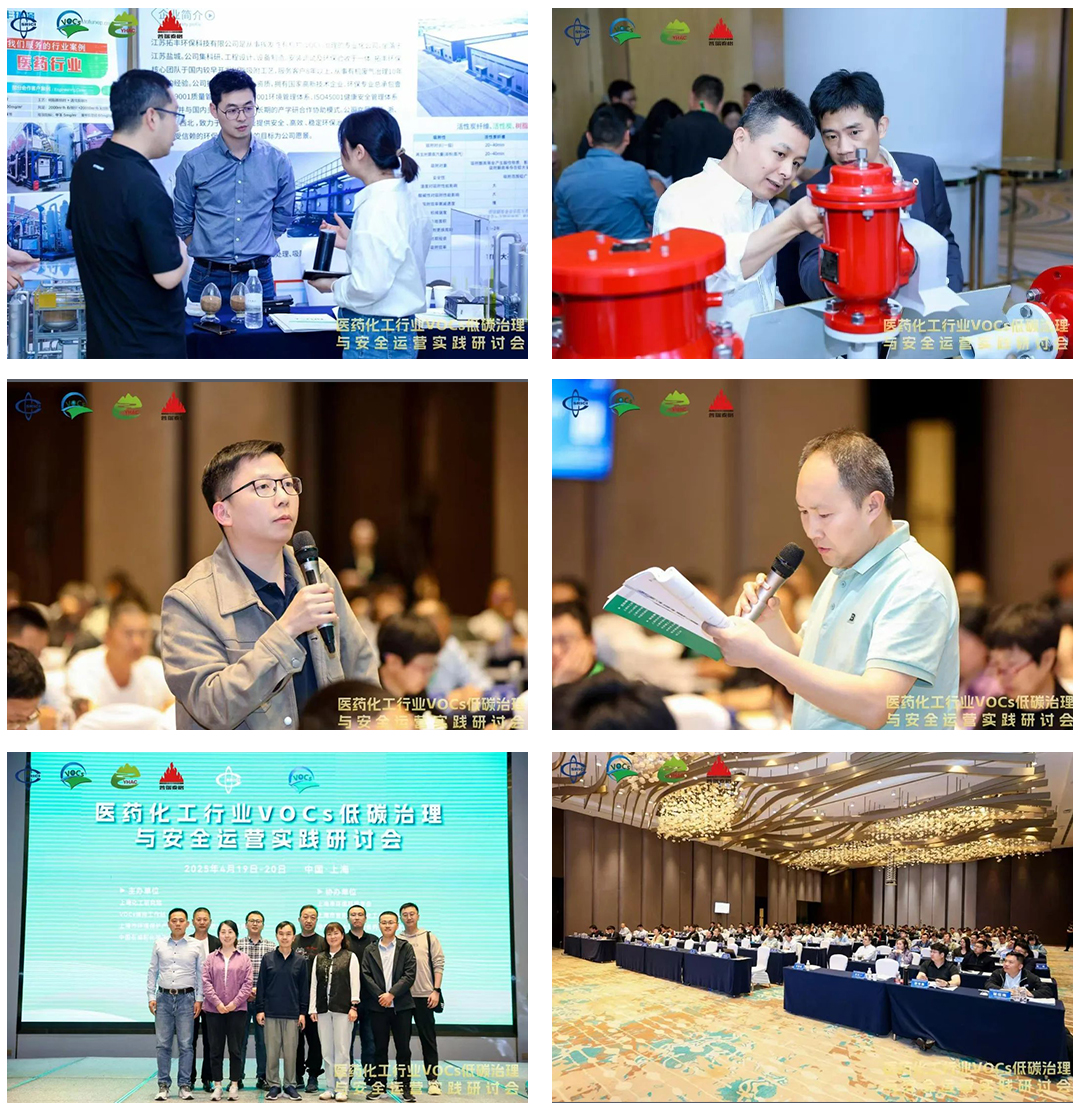
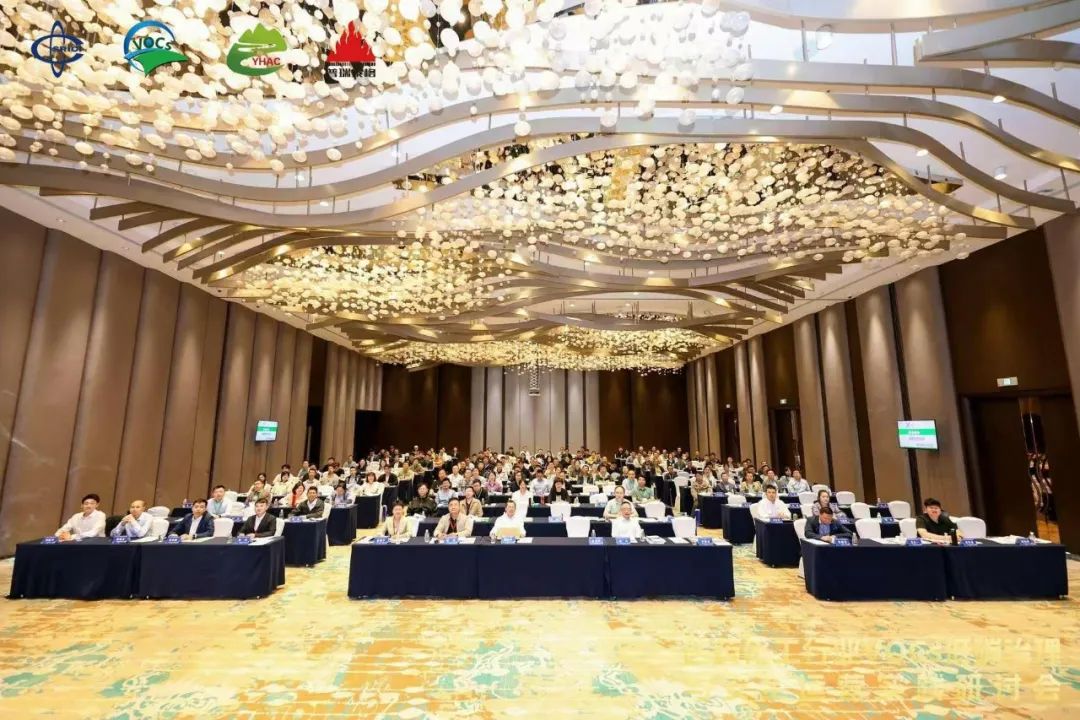
The willow trees are everywhere, and spring comes to my home in April. The rain falls from the sky, and everything sprouts. This pharmaceutical and chemical seminar has welcomed more than 260 enterprises, experts, technology providers and user enterprise representatives from all over the country who are concerned about the treatment of VOCs waste gas in pharmaceutical and chemical industries. We will fully exchange and communicate closely to jointly empower my country's environmental protection and safety cause. Please look forward to the 2026 seminar!